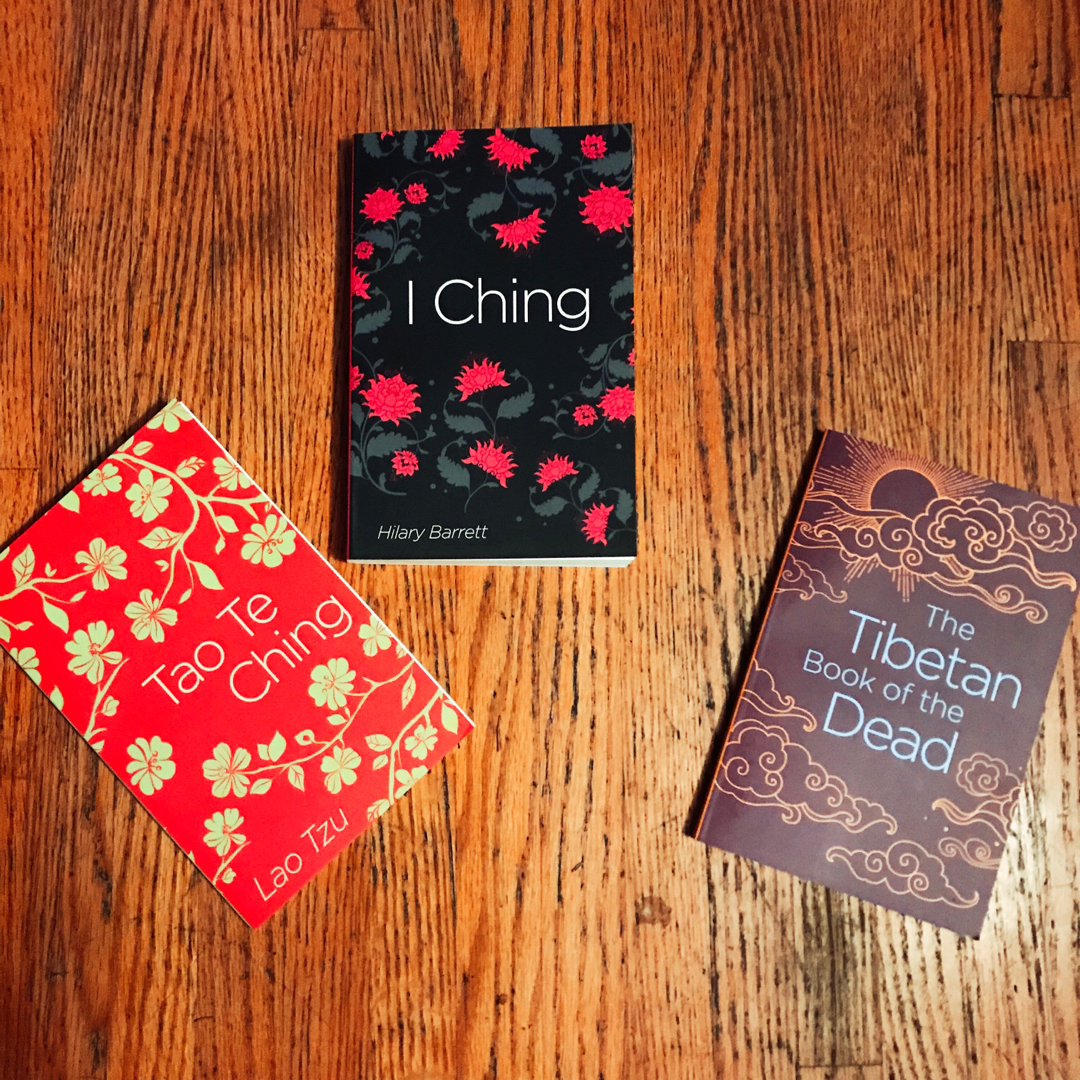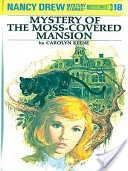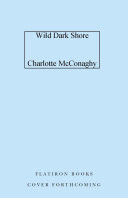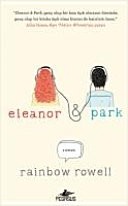
You guys I start my reiki course tomorrow! That plus my growing passion for yoga made it so that when I saw these gorgeous editions on a 3 for $10 sale I couldn‘t pass them up! I find world religions fascinating and the more that I dug into different types of eastern spirituality the more I see it lining up with my own inner thoughts. 🌿
Schnoebs Have you read the Tao of Pooh yet????![[tagged book]](https://image.librarything.com/pics/litsy_webpics/icon_taggedBook@3x.png) Tao of Pooh 7y
Tao of Pooh 7y
Jabberwocky @Schnoebs no but stacked!!! 7y
Schnoebs It‘s so good! There‘s a sequel to it as well which I think you might like.![[tagged book]](https://image.librarything.com/pics/litsy_webpics/icon_taggedBook@3x.png) The Te of Piglet 7y
The Te of Piglet 7y
49 likes3 comments













